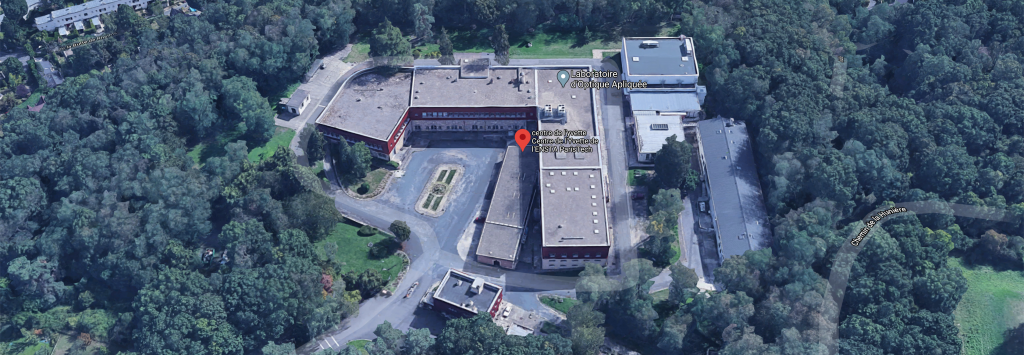
The Laboratoire d’Optique Appliquée is a joint research unit (UMR) CNRS – Ecole Polytechnique (EP) – ENSTA-Paristech. It is hosted at the Palaiseau-Yvette research centre of ENSTA-ParisTech inside the campus of Ecole Polytechnique. LOA was created in 1972 from a research team “Studies of lasers and their applications” established in 1960 thanks to a Chair of Physics at the Ecole Polytechnique. Associated with INSERM in 1984 (U 275), and with CNRS in 1989 (URA 1406), the LOA became an UMR in 1997. It gathers 80 to 90 people among which 50% are permanent staff and 25% are permanent researchers. Its annual running budget is about 6 M€ full cost.
LOA has played a pioneering role in the development of ultrafast laser-plasma science. In the early 1980s, it became the French precursor in the development of ultrafast lasers and their first applications. It is one of the very first laboratories to have successfully developed a laser with femtosecond pulse duration. These new light sources allowed LOA researchers to quickly launch the first applications in this emerging ultrafast science, particularly for the study of ultrafast phenomena in solid state physics. Thanks to the research support actions of the European Community, the laboratory was funded to develop an intense femtosecond laser source for the study of atoms subjected to intense electromagnetic fields (“Stimulation for Science” program). This was the start in the early 1990s of a continuous increase of laser energies, and a jump of several orders of magnitude for femtosecond laser intensities available on target compared to the existing systems worldwide. This launches a whole new set of LOA research topics with the creation of new research teams during the following years, all related to laser-plasma physics, ultrafast non-linear optics and the generation of innovative ultrafast and intense laser-based particle and radiation sources. It has also immediately provided now almost 30 years of leading activities in these research areas and a series of uninterrupted scientific breakthroughs in line with the longstanding tradition of LOA to tackle scientific problems ranging from curiosity-driven basic laser-plasma science to challenges related to interdisciplinary applications.


